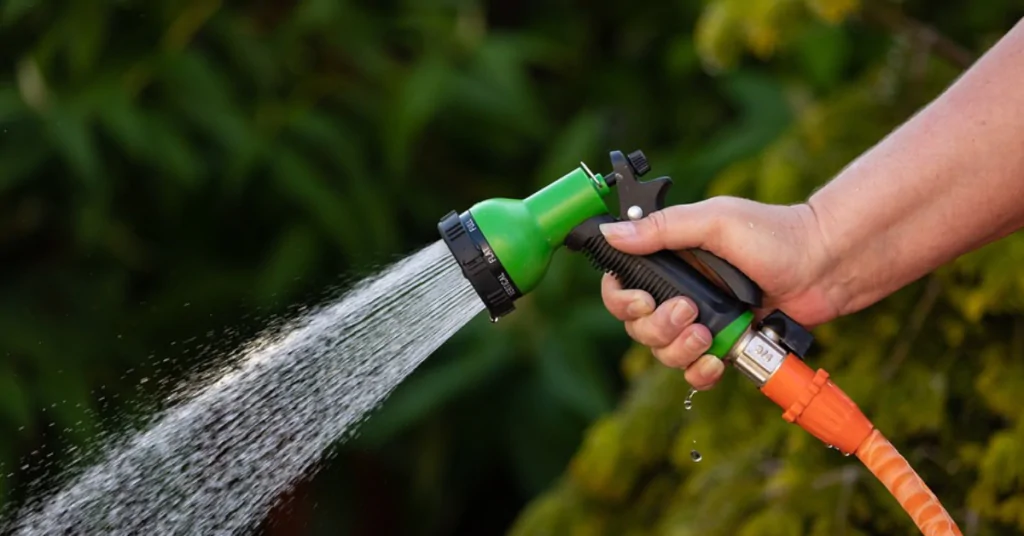Control Contamination In Water Systems, Basins, And Water Containers

The need to have a reliable and effective water treatment system has never been more important. This chemical compound is highly effective at killing bacteria, viruses, mold and other harmful organisms, making it an important tool for protecting public health. With the increasing contamination of our water sources, it is essential to find a way to regulate, maintain and control contamination levels in our water systems, basins, and water containers.
It is used for disinfection and sanitization. It is a gas that can be dissolved in water to form a liquid, which makes it an economical and smart choice for professional sanitation needs. Chlorine dioxide is effective against a wide range of microorganisms, making it an ideal choice for food service, healthcare, and many other industrial applications.
In this way, Unlike chlorine, which can form harmful byproducts when used in water, chlorine dioxide does not produce any toxic byproducts. This makes it ideal for sanitizing water systems, basins, and containers. In addition, chlorine dioxide is very economical to use and can be easily controlled to maintain safe contamination levels. As a result, it is an excellent choice for professional, commercial, and industrial establishments looking to keep their water safe from bacteria and other contaminants.
Chlorine Dioxide Offers Many Advantages Over Other Disinfectants
There are many advantages to using ClO2, including its safety profile and its ability to break down into harmless byproducts. Chlorine dioxide is more effective than chlorine in killing bacteria, viruses and parasites. It also leaves no residual foul taste or odor in water.
Use in tanks, ponds, decorative non-potable displays, and once-through water systems. One of the main advantages of chlorine dioxide is that it does not produce trihalomethanes (THMs) or haloacetic acid (HAAs), which are carcinogenic compounds that can form when chlorine reacts with substances. THMs and AHAs have been linked to an increased risk of cancer. If the tank system is cleaned frequently, then consider the level of contamination low to moderate.
Chlorine dioxide is also more effective than chlorine in removing iron and manganese from water. These metals can damage fixtures and give water an unpleasant taste. Another advantage of using chlorine dioxide is that it doesn’t damage pipes like chlorine can. This is especially important in areas where the water infrastructure is old. Overall, when used correctly chlorine dioxide is a safe and effective disinfectant that offers many advantages.

When using chlorine dioxide products, it is important to follow the manufacturer’s directions. Chlorine dioxide is a strong oxidizing agent and can be corrosive to some materials before it is diluted properly. Chlorine dioxide can also cause irritation to the skin and eyes. It is important to wear personal protective clothing and equipment (PPE) when mixing chlorine dioxide products. When used as directed, chlorine dioxide can help control the spread of potentially harmful bacteria and viruses.
WATER STORAGE AND SYSTEMS. NON-POTABLE WATER HOLDING TANKS, AND WASTEWATER.

Use for non-potable treatment on beverage and fountain drink equipment (breweries, wineries, and dairies), related storage (holding tank), transfer and dispensing lines of this equipment, filtration/humidification systems, process water for final rinse of containers, including bottles, plastic, glass, or metal cans and kegs ensuring visible wetness. Prepare activated solution to a strength consistent with the threshold for general cleaning and antimicrobial uses, to prevent, inhibit or remove buildups, disinfect wastewater, or eliminate odor in fouled water.
| Use-Site | CONCENTRATION | Mix EQUAL PARTS 1:1 – NaClO2 (Part A) and HCl (Part B) |
| Wastewater (Batch or Meter) | Continuous 5 PPM Shock 50 PPM Heavily Contaminated 100 PPM | 5 drops A, with 5 drops B 1 gallon of water 50 drops A, with 50 drops B in 1 gallon of water. (2ml = 50 drops) 100 drops A, with 100 drops B in 1 gallon of water. (4ml = 100 drops) |
| Retention Basins, Ponds, and Decorative Fountains Where fish are NOT present. | Light 5 PPM Heavy 10 PPM | 5 drops A, with 5 drops B in 1 gallon of water 10 drops A, with 10 drops B in 1 gallon of water |
| Recirculating Cooling Towers and Systems | Light 0.25 PPM Moderate 1 PPM Initial Dose Heavy 5 PPM | 1 drop A, with 1 drop B in 4 gallons of water 1 drop A, with 1 drop B in 1 gallon of water 5 drops A, with 5 drops B in 1 gallon of water |
| Once Through (NON-Recirculating) Systems. Slug (Interference with municipal or non-domestic Publicly Owned Treatment POTW), OR Continuous (Unimpeded) | Slug Dose Intermittent/Light 5 PPM Moderate 15 PPM Heavily Contaminated 25 PPM Continuous Light 0.25 PPM Moderate 1 PPM Heavy 2 PPM | Slug Dose 5 drops A, with 5 drops B in 1 gallon of water 15 drops A, with 15 drops B in 1 gallon of water 25 drops A, with 25 drops B in 1 gallon of water Continuous 1 drop A, with 1 drop B in 4 gallons of water 1 drop A, with 1 drop B in 1 gallon of water 2 drops A, with 2 drops B in 1 gallon of water |
metering system to maintain desired results for system concentration and decontaminated storage.
Mix in the bottom corner of a designated plastic mixing container. Let the solution activate for 1 minute before dilution, then fill the container with the appropriate quantity of clean water. Agitate until mixed. Use as a solution for batch treatments, shock treatments, remedially, intermittent, periodic, or continuous operation injected with a metering system to maintain desired results for system concentration and decontaminated storage. To apply: Circulate water in normal operation until desired results are achieved in the system. For pool or spa, apply when no people are in the water. Fill, flush, immerse, circulate or spray tank, line, equipment, or food contact surface with an active solution for 10 minutes ensuring all surface area is thoroughly wet. After sanitizing, drain the tank, line, or equipment, followed by thorough rinsing with potable water, for at least one (1) minute. Allow airing dry or drain-drip.
REFERENCES.
Ten (10) Reasons Why You Should be Using Chlorine Dioxide. Food Safety Magazine. Birko Corporation. Feb. 2007.
Inactivation of Human and Simian Rotaviruses by Chlorine Dioxide. P. 1363-1366. Applied and Environmental Microbiology. Yu-Shiaw Chen And James M. Vaughn. May 1990.
Assessment of Removal and Inactivation of Influenza Viruses H5N1 and H1N1 by Drinking Water Treatment. National Center for Biotechnology. Lenes, D.. April 2010.
Preventing Spread of Disease on Commercial Aircraft: Guidance for Cabin Crew. Center for Disease Control and Prevention. August 2019.
Inactivation of Enteric Adenovirus and Feline Calicivirus by Chlorine Dioxide, p. 3100–3105. National Center for Biotechnology. Jeanette A. Thurston-Enriquez, June 2005.
Chlorine Dioxide – Controlled Environment Systems Research. A Guide for Owners of Private Communal Works. Ministry of the Environment. Yousry Hamdy. Dec. 2001.
Data for Comparison of Chlorine Dioxide and Chlorine Disinfection Power in a Real Dairy Wastewater Effluent. Chlorine Dioxide: World Wide Science. Maliheh Akhlaghi. Jan. 2018.
Reregistration Eligibility Decision (RED) for Chlorine Dioxide and Sodium Chlorite (Case 4023). Prevention, Pesticides and Toxic Substances. Aug. 2006.
An Office Building Occupants Guide to Indoor Air Quality (IAQ). United States Environmental Protection Agency. Oct. 2022.
Organic 101: Allowed and Prohibited Substances | USDA. Miles McEvoy. July 2022.



